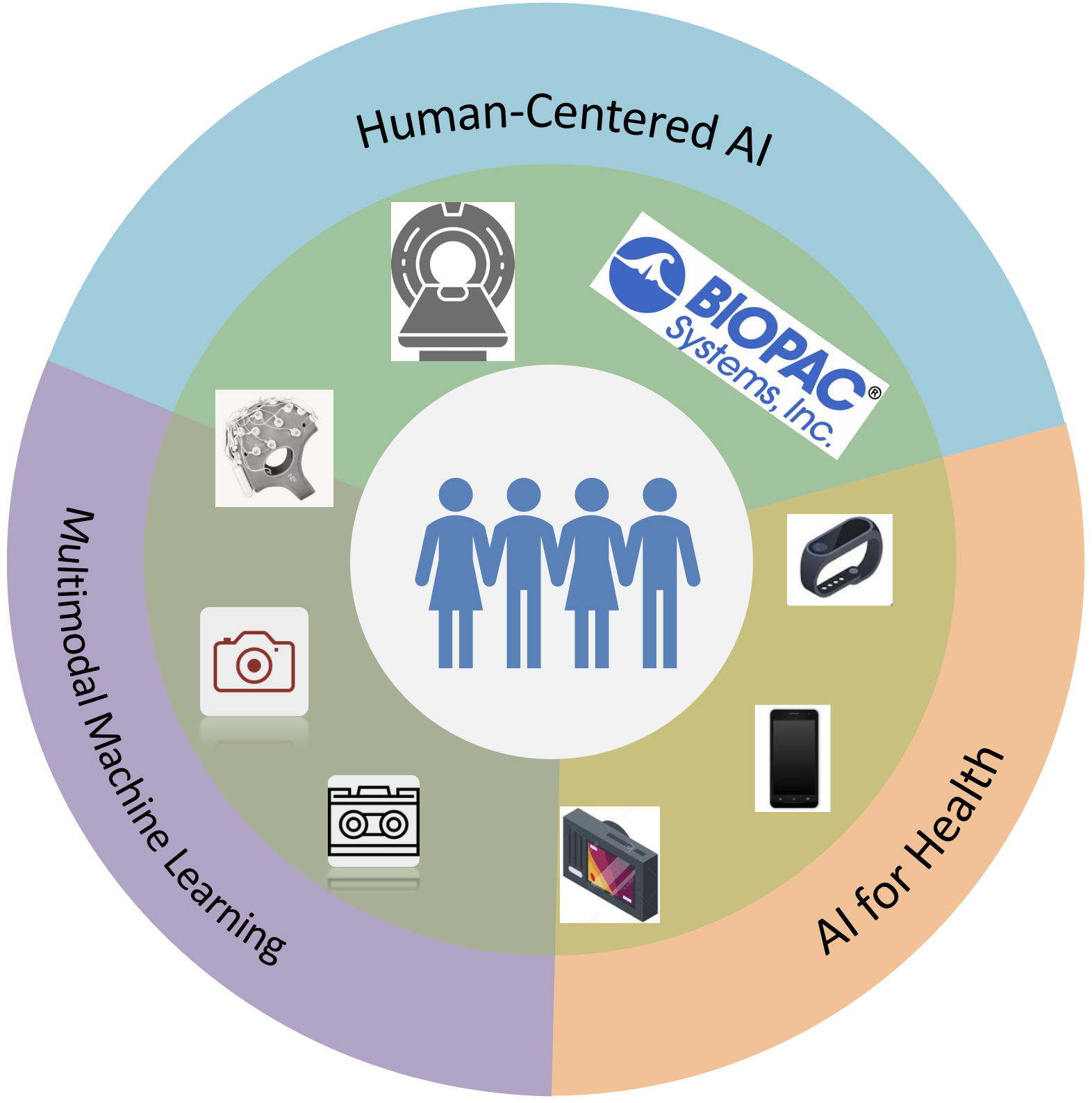Bio
Huiyuan Yang is an Assistant Professor in the Department of Computer Science at the Missouri S&T. Prior to this role, he was a Postdoctoral Research Associate at Rice University, where he worked with Prof. Akane Sano
in both the Computational Wellbeing Group
and Scalable Health Labs.
He received his PhD in Computer Science from Binghamton Univeristy-SUNY in 2021, where he was advised by Prof.Lijun Yin.
He received his Master degree from Chinese Academy of Sciences, Beijing in 2014,
and B.E from Wuhan University in 2011.
His work has appeared in top-tier venues including CVPR, ICCV, Transactions on Affective Computing, ACM MM and others. He has been a PC member/reviewer
for NeurIPS, ICLR, KDD, IJCAI, AAAI, AISTATS, ACM MM Asia, ACII, FG and others. He is also an active reviewer for journals such as T-AFFC,
T-MM, T-CSVT, T-IP, T-PAMI, SIVP, ACM-TOMM, AIHC, IMAGE, IMAVIS, JEI, PR, PRL, MMSJ, NCAA and many others.
He has been co-organizer for the 3DFAW-2019 Challenge and workshop (ICCV 2019), AAAI 2022 Workshop on Human
Centric Self-supervised Learning (AAAI 2022), and leading organizer for the workshop of towards multimodal wearable
signals for stress detection (EMBC 2022). He won an award for Excellence in Research from the department of computer
science, Binghamton University 2021, and also Binghamton University Distinguished Dissertation Award (2021).
He also co-released several popular multimodal facial datasets, including BU-EEG, 3DFAW, BP4D+ and BP4D++.
Selected Publications
2023

Disagreement Matters: Exploring Internal Diversification for Redundant Attention in Generic Facial Action Analysis
IEEE Transactions on Affective Computing
Xiaotian Li, Zheng Zhang, Xiang Zhang, Taoyue Wang, Zhihua Li, Huiyuan Yang, Umur Ciftci,Qiang Ji, Jeffrey Cohn,
and Lijun Yin
Paper
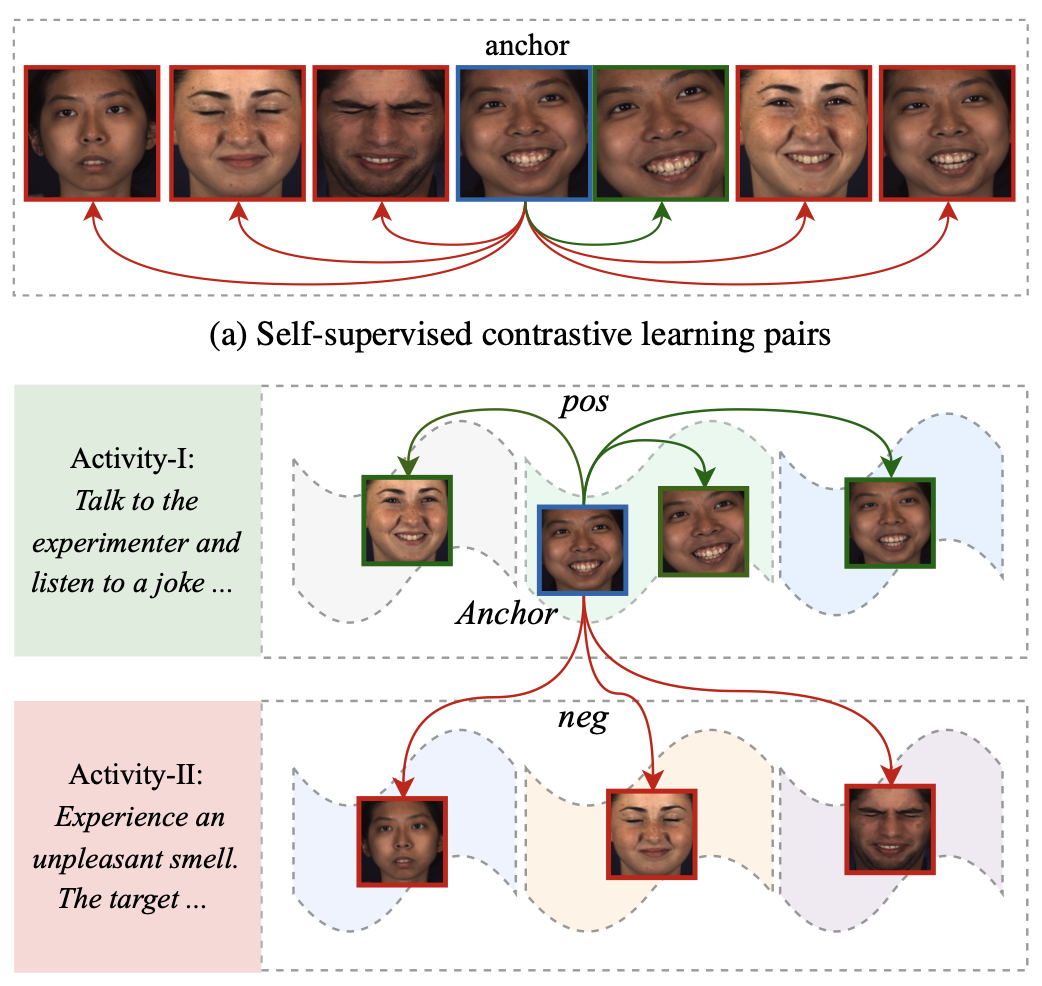
Weakly-Supervised Text-driven Contrastive Learning for Facial Behavior Understanding
IEEE/CVF International Conference on Computer Vision (ICCV 2023)
Xiang Zhang, Xiaotian Li, Taoyue Wang, Huiyuan Yang, Lijun Yin
arXiv
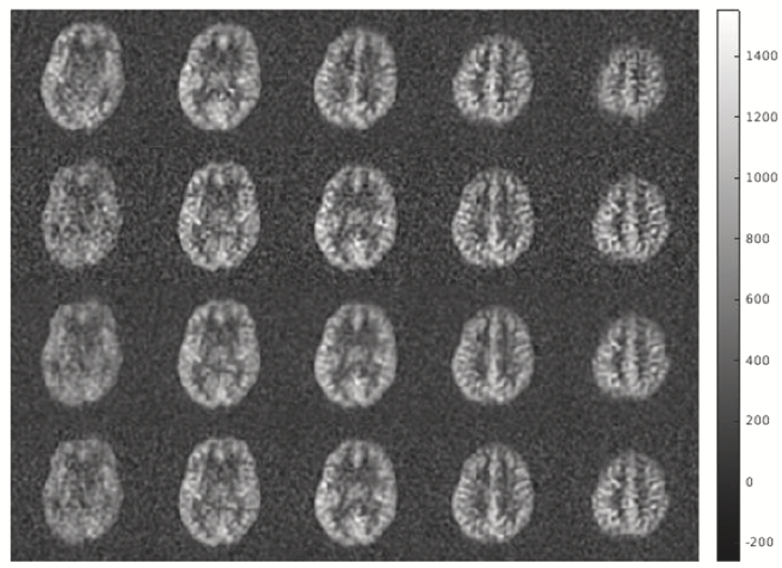
Affine image registration of arterial spin labeling MRI using deep learning networks
Journal of NeuroImage (NeuroImage 2023)
Zongpai Zhang, Huiyuan Yang, Yanchen Guo, Nicolas R. Bolo, Matcheri Keshavan, Eve DeRosa, Adam K. Anderson, David. Alsop, Lijun Yin, Weiying Dai
Paper

Multimodal Channel-Mixing: Channel and Spatial Masked AutoEncoder on Facial Action Unit Detection
EEE/CVF Winter Conference on Applications of Computer Vision (WACV)
Xiang Zhang, Huiyuan Yang, Taoyue Wang, Xiaotian Li, Lijun Yin
arXiv
2022
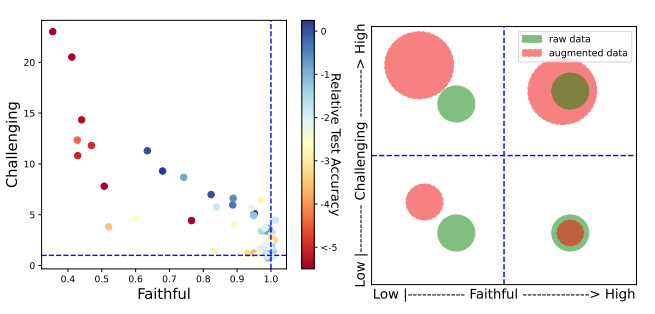
Empirical Evaluation of Data Augmentations for Biobehavioral Time Series Data with Deep Learning
NeurIPS Workshop, 2022
Huiyuan Yang, Han Yu, Akane Sano
Paper
arXiv
GitHub
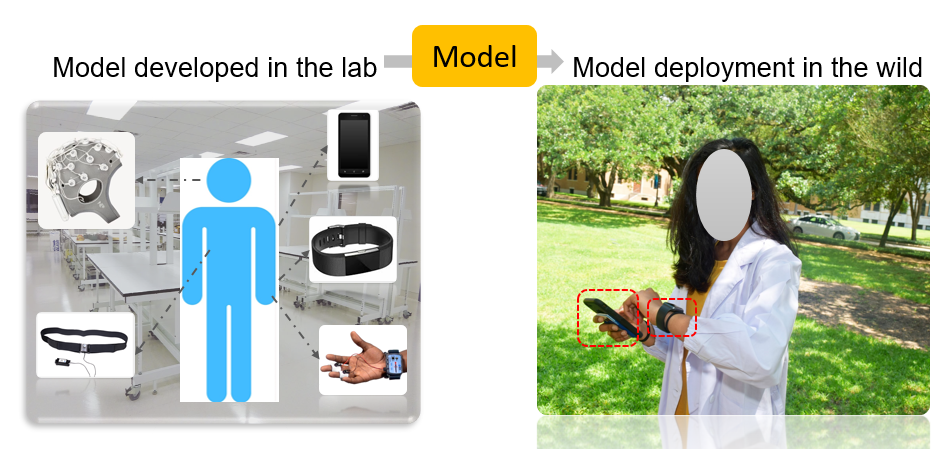
More to Less (M2L): Enhanced Health Recognition in the Wild with Reduced Modality of Wearable Sensors
The IEEE Engineering in Medicine and Biology Society(EMBC), 2022
Huiyuan Yang, Han Yu, Kusha Sridhar, Thomas Vaessen, Inez Myin-Germeys, Akane Sano.
arXiv
GitHub
2021

Exploiting Semantic Embedding and Visual Feature for Facial Action Unit Detection
the IEEE Conference on Computer Vision and Pattern Recognition (CVPR), 2021
Huiyuan Yang, Lijun Yin, Yi Zhou and Jiuxiang Gu.
Paper
Supp
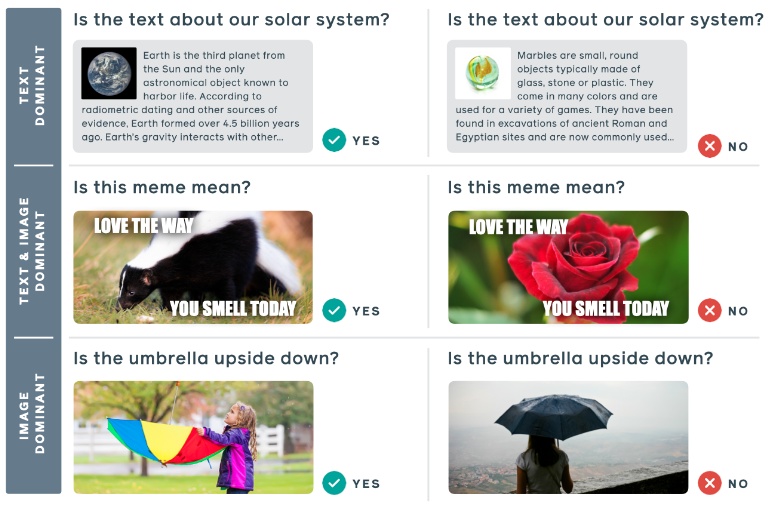
Multimodal Learning for Hateful Memes Detection
IEEE International Conference on Multimedia and Expo (ICME) Workshop 2021 (ICME), 2021
Yi Zhou, Zhenhao Chen, Huiyuan Yang.
Paper
GitHub
2020
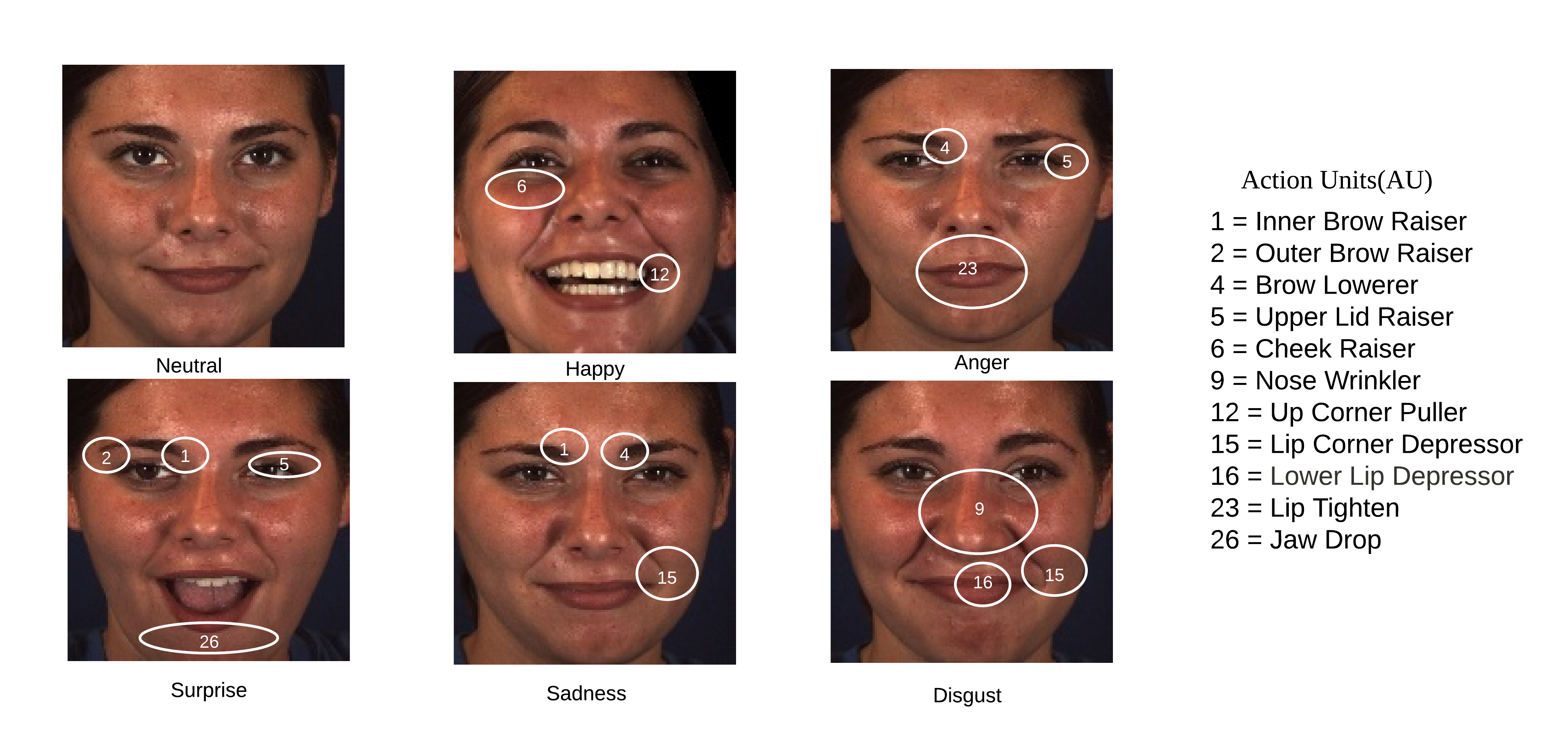
RE-Net:An Relation Embedded Deep Model for Action Unit Detection
Proceedings of the Asian Conference on Computer Vision (ACCV), 2020
Huiyuan Yang and Lijun Yin
Paper
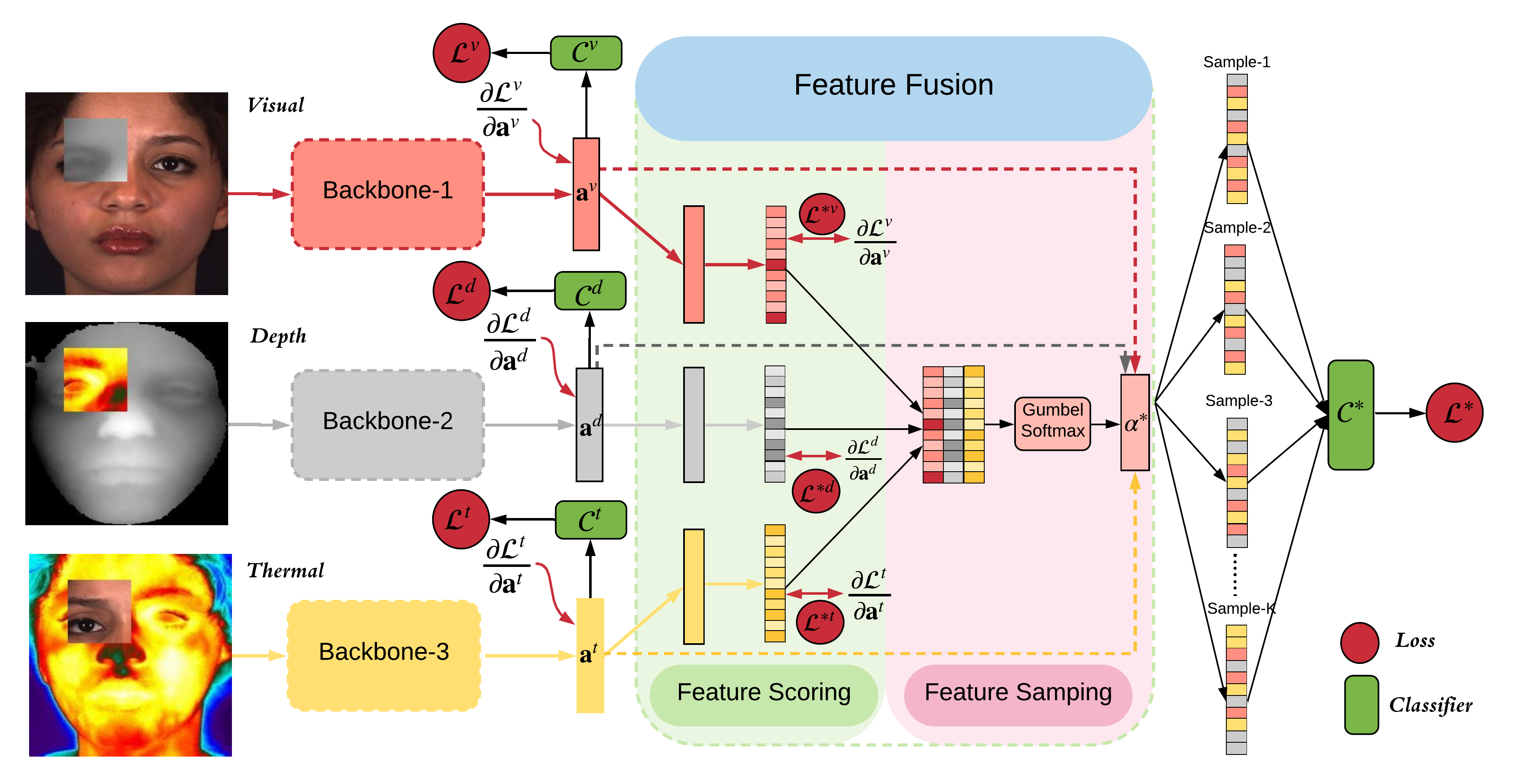
Adaptive Multimodal Fusion for Facial Action Units Recognition
Proceedings of the 28th ACM International Conference on Multimedia (ACM MM), 2020
Huiyuan Yang, Taoyue Wang, Lijun Yin
Paper
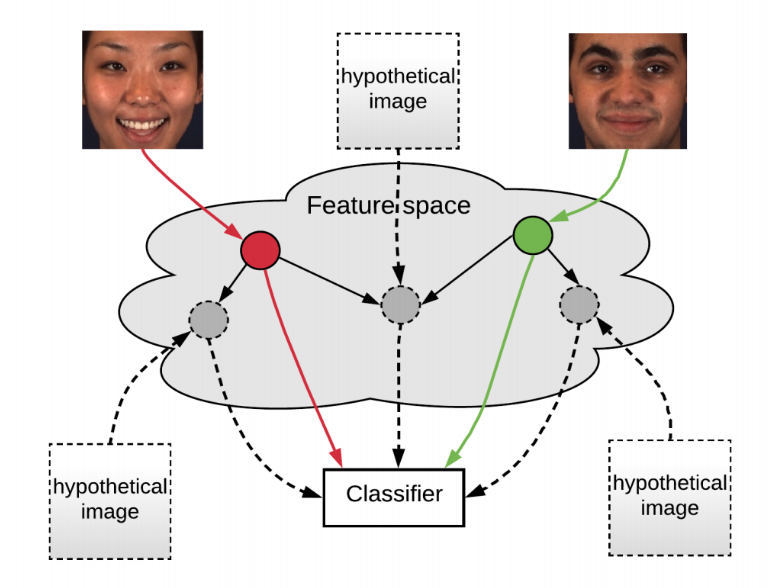
Set Operation Aided Network for Action Units Detection
15th IEEE International Conference on Automatic Face and Gesture Recognition (FG), 2020
Huiyuan Yang, Taoyue Wang, Lijun Yin.
Paper
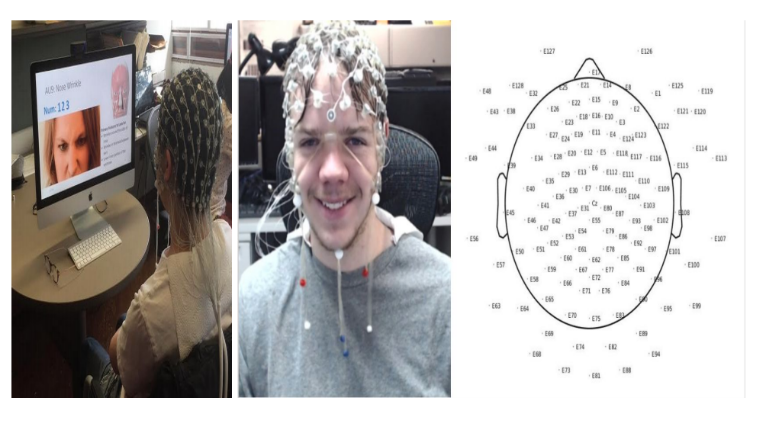
An EEG-Based Multi-Modal Emotion Database with Both Posed and Authentic Facial Actions for Emotion Analysis
15th IEEE International Conference on Automatic Face and Gesture Recognition (FG), 2020
Xiaotian Li, Xiang Zhang,Huiyuan Yang ,Wenna Duan, Weiying Dai, Lijun Yin.
Paper
BU-EEG dataset
2019
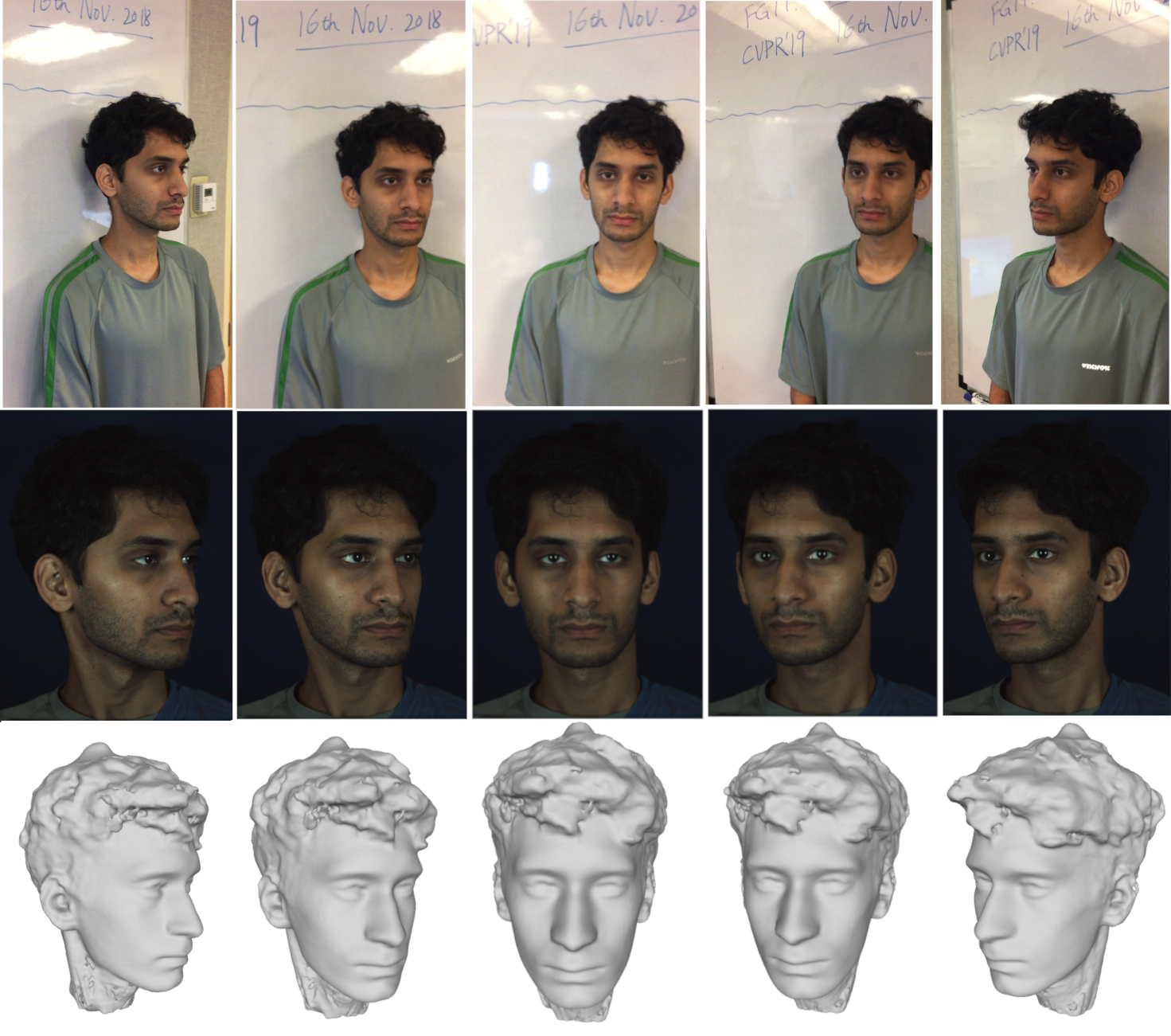
The 2nd 3D Face Alignment in the Wild Challenge (3DFAW-Video): Dense Reconstruction From Video
IEEE/CVF International Conference on Computer Vision Workshop(ICCVW), 2019
Rohith Pillai, Laszlo Jeni, Huiyuan Yang, Zheng Zhang, Lijun Yin, Jeffrey F Cohn
Paper
Project Page
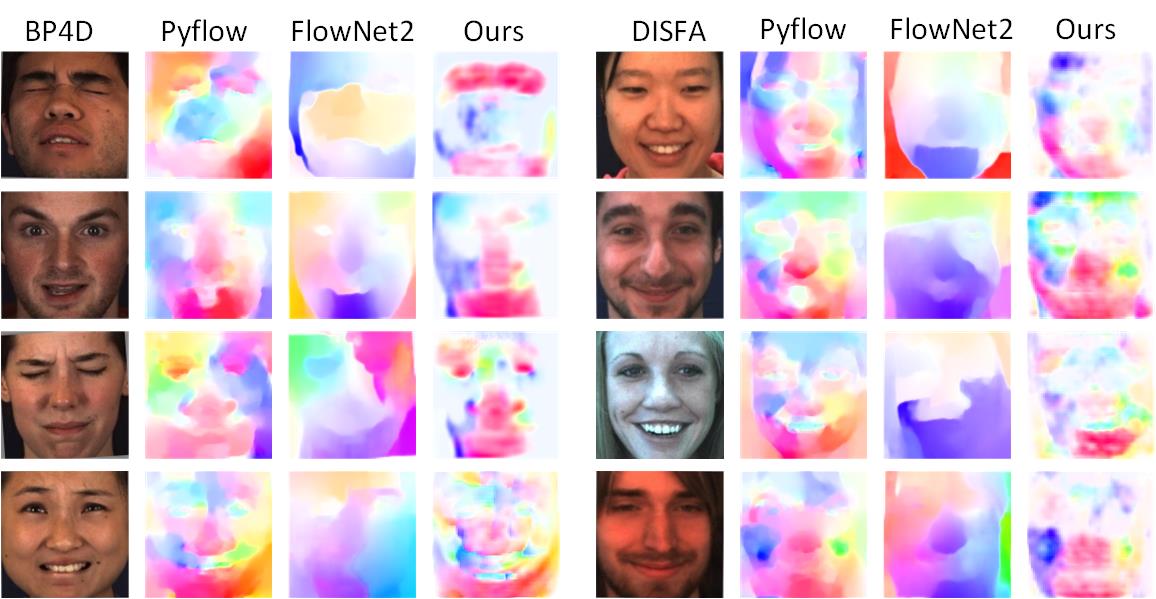
Learning Temporal Information From A Single Image for AU Detection.
14th IEEE International Conference on Automatic Face and Gesture Recognition(FG), 2019 [Oral]
Huiyuan Yang, Lijun Yin
Paper

Multi-modality Empowered Network for Facial Action Unit Detection
2019 IEEE Winter Conference on Applications of Computer Vision (WACV), 2019
Peng Liu, Zheng Zhang, Huiyuan Yang and Lijun Yin
Paper
2018
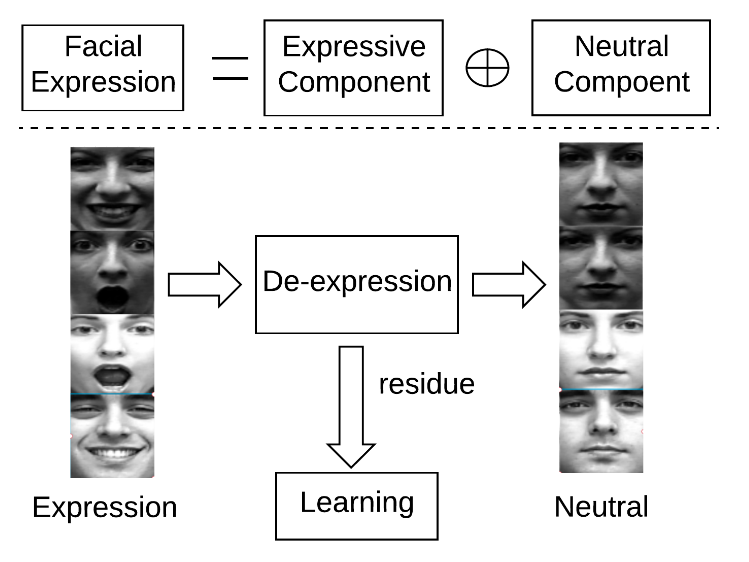
Facial Expression Recognition by De-expression Residue Learning
the IEEE Conference on Computer Vision and Pattern Recognition (CVPR), 2018
Huiyuan Yang, Umur Ciftci and Lijun Yin.
Paper
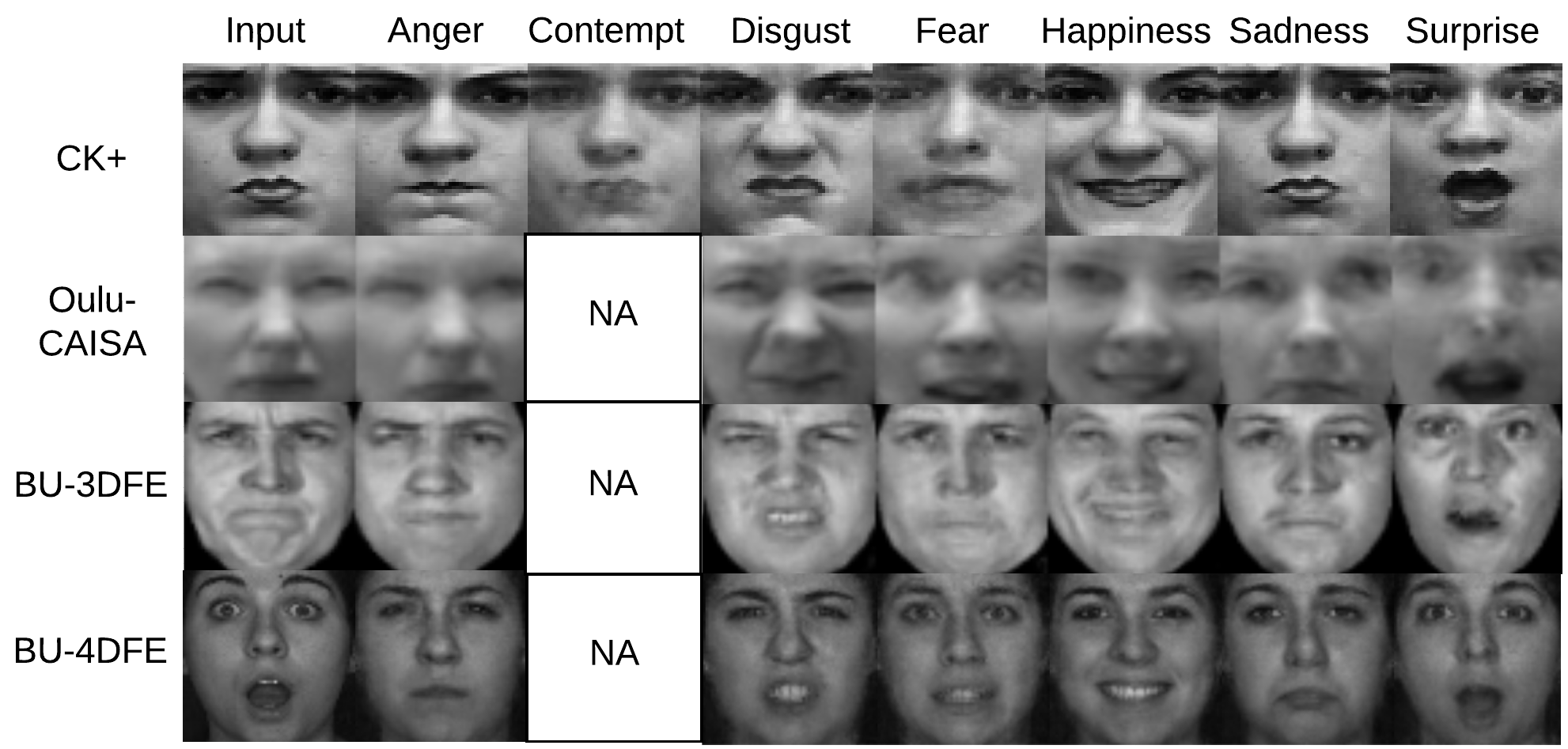
Identity-Adaptive Facial Expression Recognition Through Expression Regeneration Using Conditional Generative Adversarial Networks
13th IEEE International Conference on Automatic Face and Gesture Recognition (FG), 2018
Huiyuan Yang, Zheng Zhang and Lijun Yin.
Paper
2017
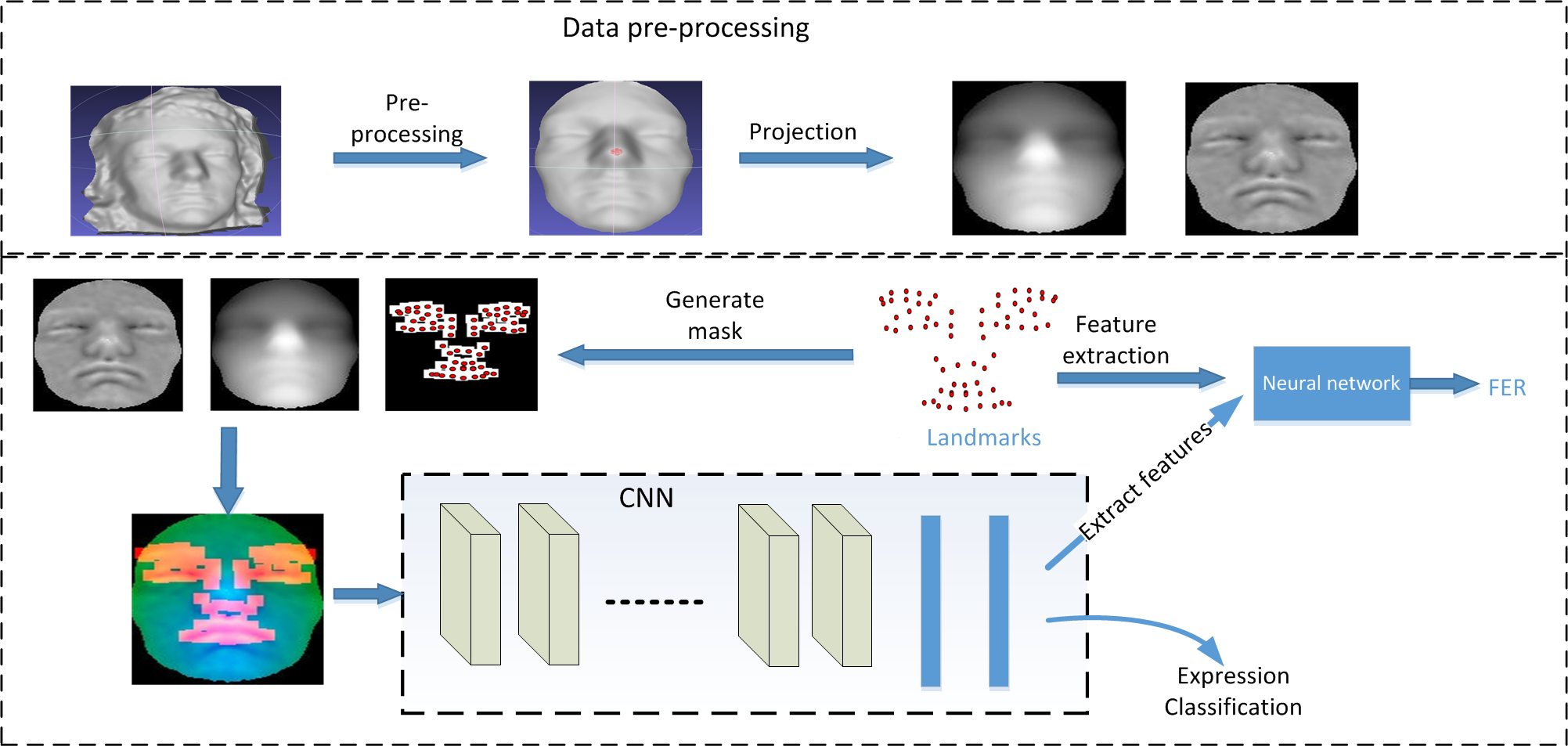
CNN based 3D facial expression recognition using masking and landmark features
Seventh International Conference on Affective Computing and Intelligent Interaction (ACII), 2017
Huiyuan Yang, and Lijun Yin.
Paper
2016
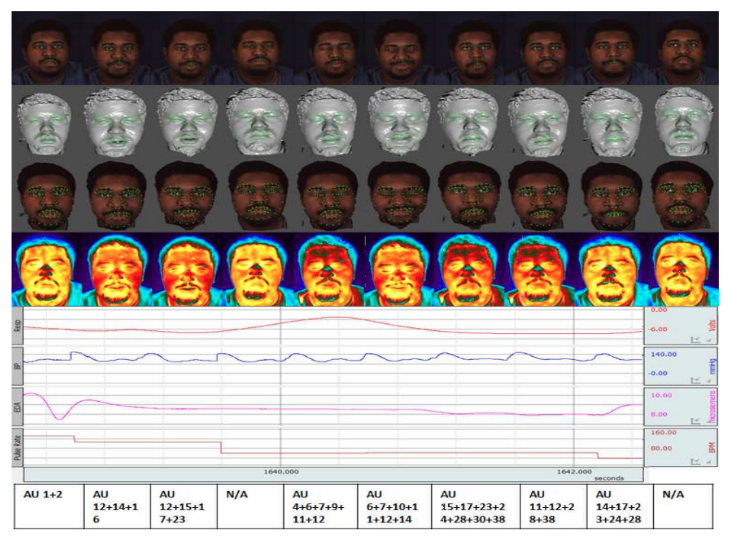
Multimodal spontaneous emotion corpus for human behavior analysis
the IEEE Conference on Computer Vision and Pattern Recognition (CVPR), 2016
Zhang Z, Girard JM, Wu Y, Zhang X, Liu P, Ciftci U, Canavan S, Reale M, Horowitz A, Yang H , Cohn JF.
Paper
BP4D+ dataset
Released Datasets

BU-EEG
(2020) [Link]
An EEG-Based Multi-Modal Emotion Database.
BU-EEG database records both the 128-channel EEG signals and face videos, including posed expressions,
facial action units and spontaneous expressions from 29 participants with different ages, genders,
ethnic backgrounds. BU-EEG features the correspondence between EEG and individual AU, which is the
first of this kind. A total of 2,320 experiment trails were recorded and released to the public.

3DFAW
(2019) [Link]
3D Face Alignment in the Wild Challenge
3DFAW dataset contains 3 different components for each of the 70 different subjects:
1) a high resolution 2D video; 2) high resolution 3D ground truth mesh model;
3) unconstrained 2D video from an iPhone. The goal of this dataset is to
facilitate the research on 3D face alignment in the wild, and also to be used
as benchmark for dense 3D face reconstruction evaluation. The dataset is
publicly accessible to the research community.

BP4D+
(2016) [Link]
Multimodal Spontaneous Emotion database
P4D+ is a Multimodal Spontaneous Emotion Corpus, which contains multimodal datasets
including synchronized 3D, 2D, thermal, physiological data sequences (e.g., heart
rate, blood pressure, skin conductance (EDA), and respiration rate), and meta-data
(facial features and FACS codes). The dataset was collected from 140 subjects
(58 males and 82 females) with diverse age and ethnicity. This results in a
dataset with more than 10TB high quality data for the research community.


